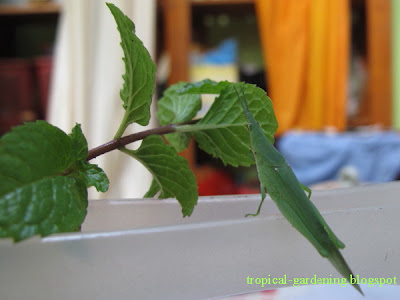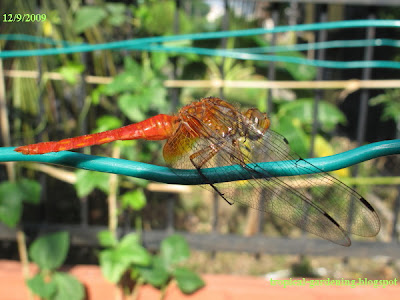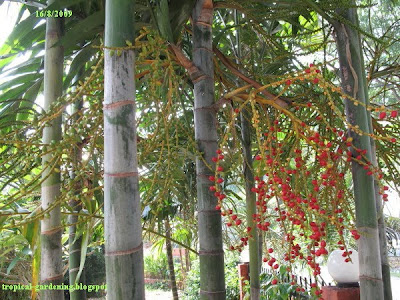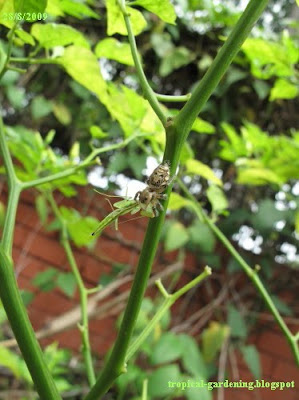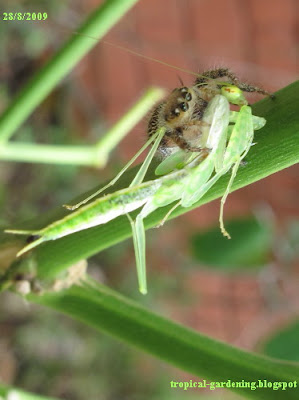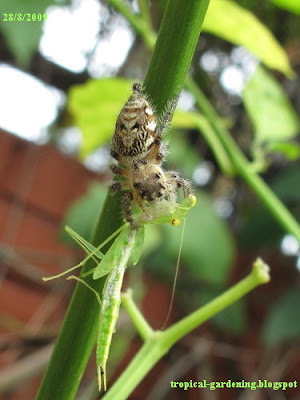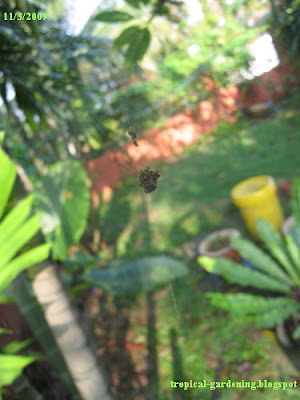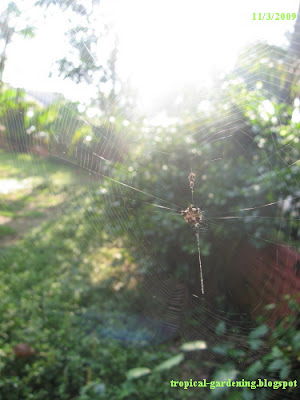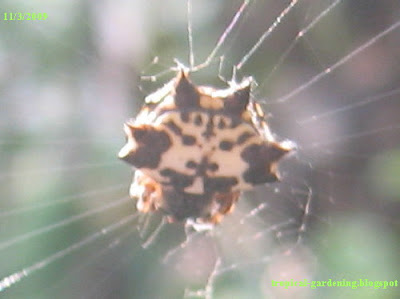It's very easy: the basic rule is - no animal products (i.e. meat and dairy). This means it doesn't get smelly, and also won't attract rats and such. Basically this means all the vegetable peels, cuttings, rotten vegetables, teabags, tealeaves, coffee grounds, etc. Also use garden waste, and also chuck in some shredded newspaper from time to time. However - unless you're able to grind it up, it's best to leave out woody items because they take ages to decompose.
We use two bins - overturn them, cut out the bottom, and you're ready to rumble. Then you fill one, and leave it for about three months while you fill the other. Empty the first one and start again. The timing will depend I suppose - the high humidity and temperature of the Malaysian sub-tropical climate means that the decomposing is quicker than in Belgium, for example.

Here are some photos from a 'harvest' I did in February. One thing I've noticed is that the space taken up by the compost reduces - so if you stuff it up one day with trimmings from the Morning Glory (for example), wait a week and there will be more space.
This is the result of being left alone for a few months
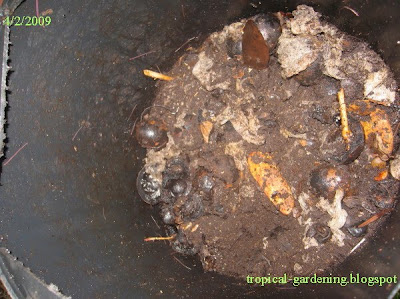
One surprise here was when I lifted off the bin, there were loads of red wiggler worms! I vaguely remembered chucking in some from our vermicompost bin, and they obviously thrived!
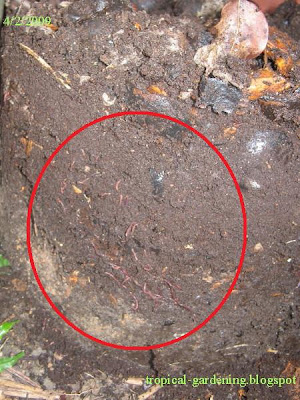
This contributed to the nice quality of the compost - crumbly and moist

but there were also some compacted parts, probably because I didn't turn it up often enough. This helps to oxygenate the parts below.
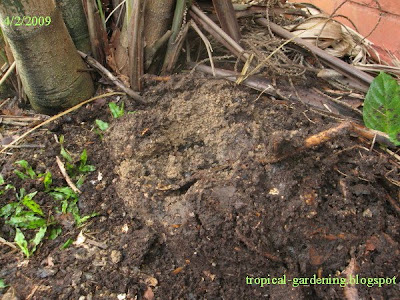
There were also stuff that decomposes slowly: in particular mango seeds, mangosteen rinds, and various twigs and stuff. I just put them into the other bin (and I also cut mango seeds in half now, before I put them in the compost bin).
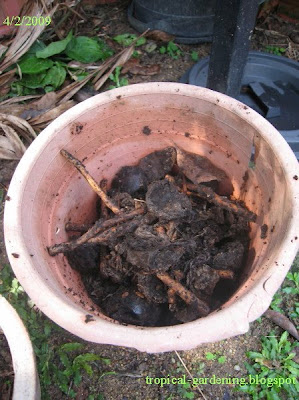
In the end, I got one bucket of compost, that was spread around the papaya trees, the jasmine bush, and the frangipani tree.

